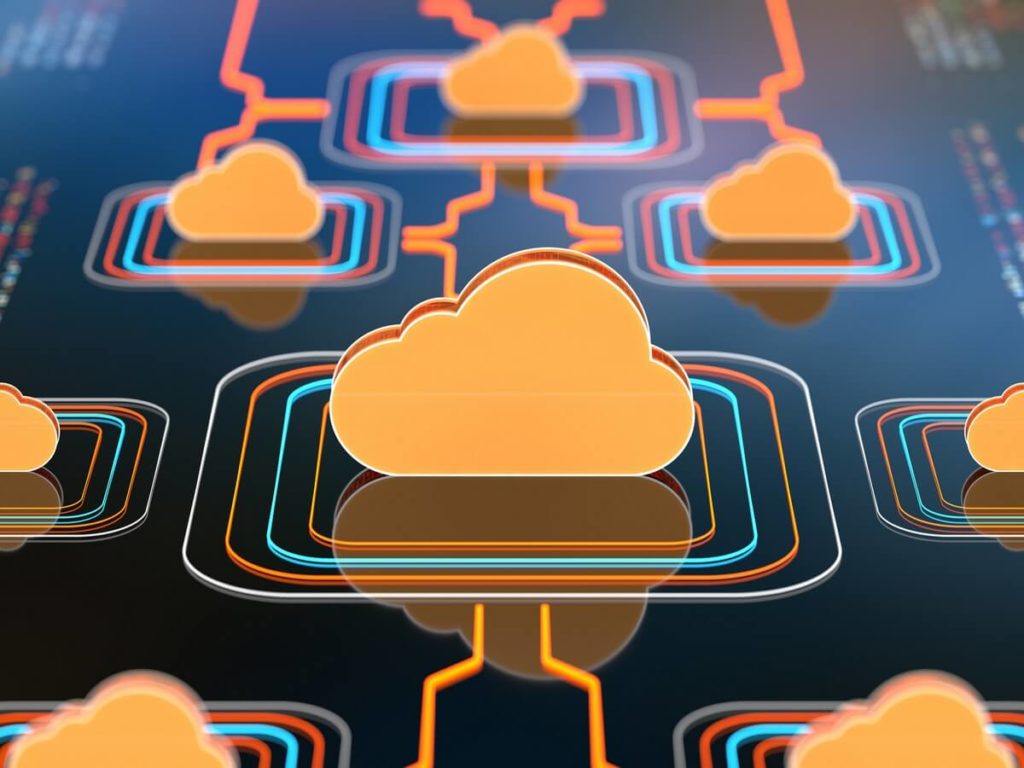What is Big Data?
Big data refers to large volumes of data that can be used to solve problems. It has piqued people’s imagination over the past two decades because of the enormous potential it has. Big data is generated, stored, and analyzed by a variety of public and private sector industries in order to improve the services they provide.
Hospital records, patient medical records, medical examination results, and internet of things devices are all examples of big data sources in the healthcare industry. To get useful information from this data, it must be properly managed and analyzed. Otherwise, finding a solution through studying vast data is akin to looking for a needle in a haystack. Each phase of processing large data comes with its own set of obstacles that can only be overcome by adopting high-end computing solutions for big data analysis. As a result, healthcare providers must be fully equipped with sufficient infrastructure to systematically create and analyze big data in order to deliver relevant solutions for improving public health. Big data that is managed, analyzed, and interpreted effectively can change the game by opening new doors for modern healthcare.
That is why a variety of companies, including the healthcare industry, are working hard to turn this potential into better services and financial benefits. Modern healthcare organizations may be able to transform medical therapies and personalized medicine with strong integration of biological and healthcare data.
Electronic Health Records
Healthcare is a multi-faceted system created with the primary purpose of preventing, diagnosing, and treating human health-related diseases or impairments. Physicians, health facilities, and a funding institution supporting the first two are the key components of a healthcare system. Professionals use it for primary care, acute care that requires experienced professionals, sophisticated medical research and treatment, and extremely rare diagnostic or surgical operations. Health professionals are in charge of many types of information at all of these levels, including the patient’s medical history, medical and clinical data, and other private or personal medical data.
The digitalization of all clinical evaluations and medical records in healthcare systems has become a normal and generally embraced practice nowadays, thanks to the development of computer systems and their potential. In 2003, the Institute of Medicine, a division of the National Academies of Sciences, Engineering, and Medicine, coined the term “electronic health records” (EMRs) to describe documents kept for the purpose of enhancing health care for the benefit of patients and clinicians.
By supplying vast amounts of data, EHRs can enable advanced analytics and aid clinical decision-making. However, a significant percentage of this information is now unorganized. Unstructured data is data that does not follow a pre-determined model or organizational system. We can’t capture non-standard data about a patient’s clinical suspicions, socioeconomic data, patient preferences, key lifestyle characteristics, and other associated information in any format other than an unstructured format, for example. It’s challenging to compile such disparate but vital sources of data into a logical or unified data structure that can be analyzed using algorithms to better understand and leverage a patient’s care. We must handle and analyze large data in a systematic manner in order to attain these objectives.
Big Data: Data Management Challenges
Implementing high-end computing tools, protocols, and high-end hardware in the clinical setting is a key difficulty in the context of healthcare data. To accomplish this goal, experts from many fields such as biology, information technology, statistics, and mathematics must collaborate. With pre-installed software tools produced by analytic tool developers, the data acquired with the sensors can be made available on a storage cloud. These tools would include AI-developed data mining and machine learning algorithms that would convert data into knowledge. It would improve the efficiency of obtaining, storing, analyzing, and visualizing big data from the healthcare industry if implemented. The primary goal is to annotate, integrate, and present this complex data in an understandable way. In the lack of such information, the (healthcare) data remains hazy, and biological researchers may not be able to move further. Finally, computer graphics artists may use visualization tools to effectively display this newly acquired knowledge.
Another difficulty in big data analysis is the heterogeneity of data. Big data in healthcare is considerably less informative using traditional technologies due to its enormous size and very heterogeneous character. High-performance computing clusters accessed via grid computing infrastructures are the most frequent platforms for running the software framework that aids big data analysis. Cloud computing is a system that uses virtualized storage and offers dependable services. It provides great dependability, scalability, and autonomy, as well as universal access, dynamic resource discovery, and composability.
These platforms can operate as a data receiver, a computer for analyzing and interpreting the data, and a web-based visualization for the user. Hadoop and Apache Spark are the most popular systems for working with big data, with Databricks and Snowflake becoming even more popular nowadays.






